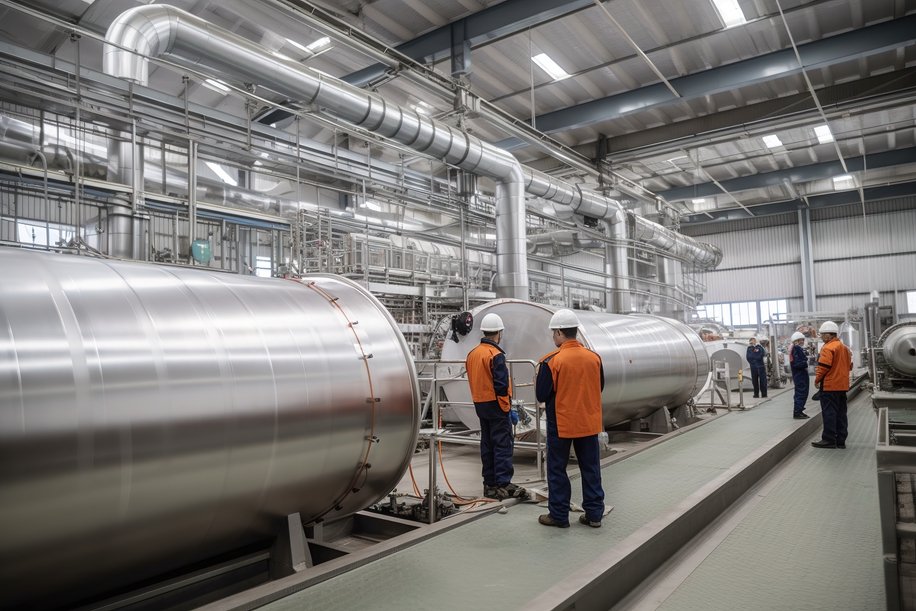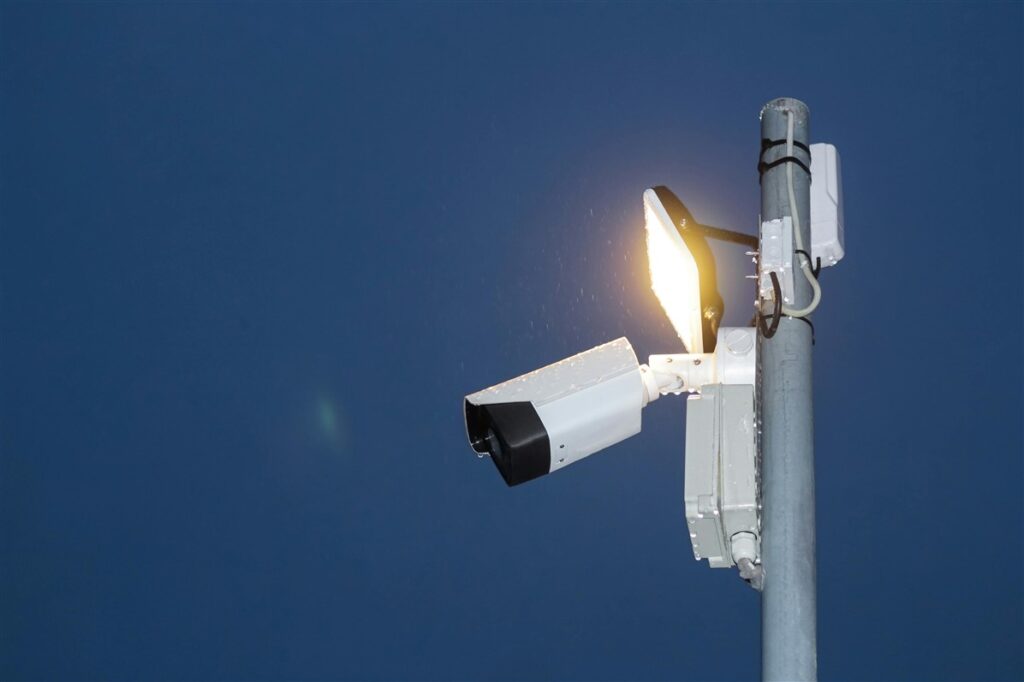Why is it important to control voltage?
In the UK, commercial electricity suppliers are permitted to feed power from the grid into a network at 230v with a tolerance of -5/+10%. This means the supply may increase to 240v or reduce to 225v at any given time. On average, the supply runs as high as 242v.
Most small work tools such as hand drills operate at 110v, with larger manufacturing equipment operating at 230v. So when the energy supply spikes to 240v or above, there is a surplus voltage.
Fortunately, there are ways to control and optimise voltage, minimising the surplus and reducing power wastage. Doing so offers many benefits.
Improve equipment efficiency: Maintaining stable voltage levels improves the efficiency and performance of manufacturing equipment.
Reduce energy consumption: By increasing the efficiency of your machinery, you reduce the amount of energy wasted, lowering your energy consumption (and cost).
Reduce your carbon footprint: Reducing energy waste and consumption helps reduce your carbon footprint – ideal if you have sustainability targets to meet.
Extend the lifespan of your equipment: Controlling voltage can reduce stress on electronic components and extend the lifespan of your equipment.
Improve safety: Poor voltage control can lead to equipment malfunctions which can lead to workplace accidents. By improving voltage stability, you can create a safer workplace.
Minimise unplanned downtime: Voltage fluctuations can lead to unexpected equipment failures, interruptions, and production downtime.
Greater productivity: Maintaining a controlled voltage environment enables you to meet production targets and deadlines.
Product quality and consistency: Fluctuations in voltage can lead to variations in product specifications, potentially affecting quality and consistency.
Customer satisfaction: Consistency in product quality enables you to better meet customer expectations and demand.
Adapt to voltage fluctuations: Voltage control allows you to adapt to voltage fluctuations and blackouts, maintaining production continuity. Essential in regions where the power grid is unreliable.
Reduce costs: Effective voltage control can lead to cost savings through reduced maintenance, less unplanned downtime, and lower energy bills due to improved efficiency.
How can you control voltage more effectively?
The good news for modern manufacturing plants is that voltage optimisation systems are usually implemented as standard during the factory construction phase.
For older factories and plants, it is not difficult for an electrical contractor (such as AES) to install a system to suit your needs.
A system review will help you determine how much power is required for your equipment to operate effectively, at what voltage and on what cycle.
Once armed with the data about your energy use, your electrical contractor can confirm the level of system required to make a difference to your network.
The system will enable you to manage the energy coming into your plant, allowing you to control and manage the voltage and distribute the correct amount of power to equipment as required.
You may also want to consider the following measures to further improve the efficiency of your equipment.
Variable Speed Drives – VSDs convert the incoming electrical supply into a variable frequency and voltage output, allowing motors to alter speed and torque as required. This can cut energy consumption by around 50%.
Power factor correction (PFC) – PFC reduces the amount of wasted energy by reducing the load on the electrical distribution system. Capacitors can be added to individual motors, automatically switching in or out of the circuit to counteract the inefficient negative effects.
Control and automation – control and automation systems allow you to manage your production lines more effectively and provide real-time data about power fluctuations and voltage optimisation.
Surge protection devices – surge protection devices, such as surge suppressors, can help mitigate the risks associated with power surges. These devices should be installed at critical points in the electrical distribution system.
Uninterruptible power supply (UPS) systems – UPS systems provide backup power during voltage fluctuations, power outages, and surges. They safeguard against immediate disruptions and give you time to shut down equipment or switch to alternative power sources safely.
Get started with our free energy reduction audit
At AES, we specialise in providing electrical services to manufacturers with a focus on energy reduction and will help you select the best solutions for your factory.
We offer a free energy reduction audit to help you understand where you can make the most significant impact and which energy-saving solutions are right for you.
After completing our assessment, we’ll provide you with a full report detailing energy consumption savings and the real cost savings to your business. We’ll make expert recommendations for how you can optimise and control voltage and increase the efficiency of your machinery and equipment.
Our goal is to help you reduce energy consumption in the most effective way so you can generate a return on investment as quickly as possible.
Contact us to find out more or book your free energy reduction audit.


Our guide to building energy management systems
Building energy management systems (BEMS) are systems that allow you to monitor, control, and optimise the energy used within your building. The phrase building energy management system (BEMS) is often used interchangeably with the phrase building management system (BMS), but there are some differences. A BEMS is focused on energy-related systems such as lighting, heating, […]
Read more
How far does power travel and what impact does distance have on performance
It’s easy to take our electricity supply for granted. We flick a switch and instantly have light or power. We don’t even think about it unless there’s an issue or an outage. But when there is an issue or outage, the impact can be significant. For manufacturers, even the smallest change in power can make […]
Read more
Why visibility of the production process is so important
Operational excellence, efficiency and quality are top priorities for almost every manufacturer worldwide. These things lead to improved productivity, happier customers and reduced waste – all of which result in increased profits. Visibility of the production process is the key to achieving these things. And manufacturers now have access to technology that can provide real-time […]
Read more
Will security lighting help to protect my staff?
Looking after the safety and well-being of employees should be a priority for any business. And while it’s not possible to mitigate every risk, there are measures you can take to improve their safety and security. One measure that is often overlooked is the installation of security lighting. When daylight disappears, visibility is reduced, increasing […]
Read more
Top 5 considerations when comparing electrical quotes
Budget is always a factor when you’re considering any type of upgrade, revamp, or maintenance work within your factory. But when it comes to electrical work, you have to consider more than just money. Don’t rush into accepting the cheapest electrical quotes without knowing exactly what you’re getting. Electrical work is not an area where […]
Read more
What is the role of companies in reducing our carbon footprint?
We should all be taking responsibility for protecting our planet and a big part of that is reducing our carbon footprint. But while it falls to all of us to do our bit, there is additional pressure on manufacturers, especially those with high carbon emissions. As an absolute minimum, these companies should ensure compliance with […]
Read more

